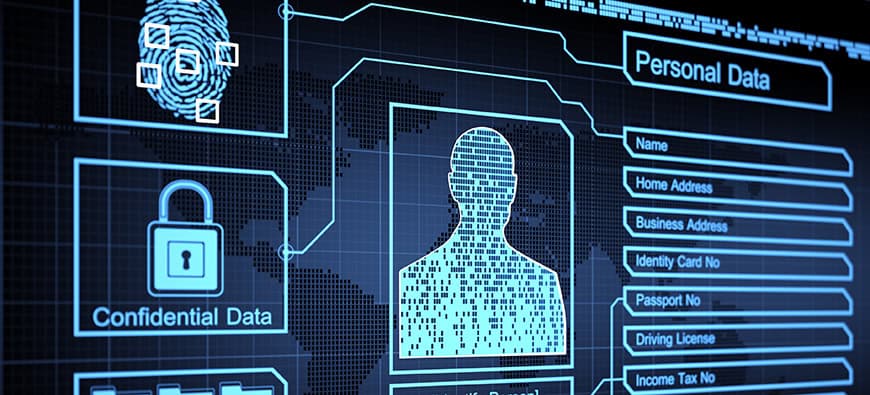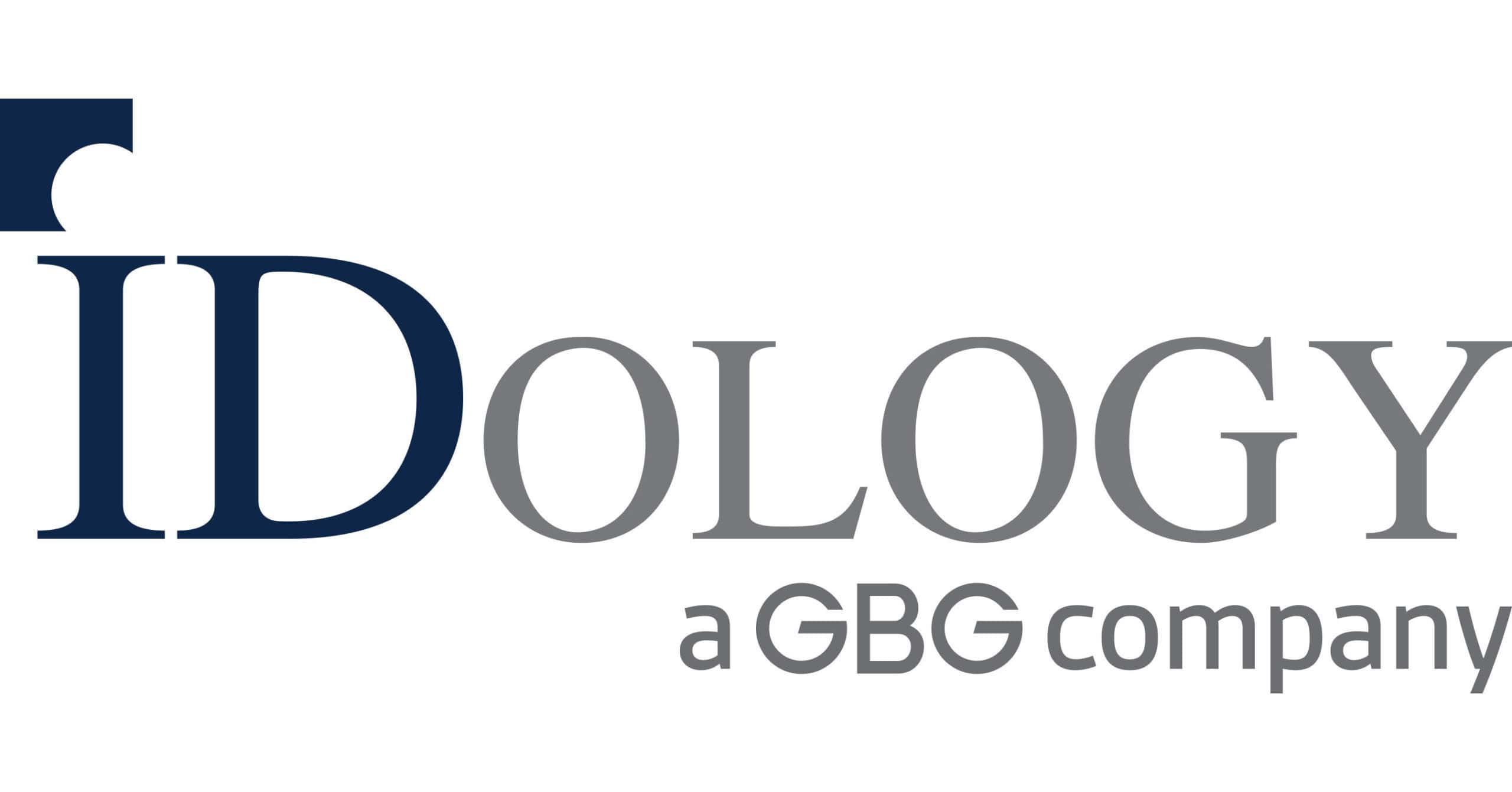
Extend Inclusion and Value With Identity Verification
Brought to you by IDology

A legal form of identification is easy to take for granted for those who have it. For those who don’t, affordable, high-quality financial services are often out of reach.
Without identity proof, these consumers encounter challenges in satisfying the Know Your Customer requirements for opening a mainstream financial services account.
According to the Federal Reserve’s 2020 Report on the Economic Well-Being of U.S. Households, 18% of Americans are either unbanked or underbanked. This lack of financial inclusion notably impacts minorities, immigrants, low-income individuals, elderly consumers and young people with limited financial history.
Digital identity verification plays a critical role in unlocking financial inclusion and ensuring that every individual can access affordable, high-quality financial services. It also has the potential to drive significant economic value.
Extending full digital ID coverage could unlock economic value equivalent to 4% of U.S. gross domestic product by 2030, according to research from the McKinsey Global Institute.
Given these market shifts and the role identity verification plays in financial inclusion, it is vital for banks to consider an identity verification solution that includes:
Multi-Layered Technology
A superior identity verification solution utilizes multiple layers of identity attributes to verify individuals, and offers additional processes for quickly locating, verifying and escalating individuals. It fuses physical and digital worlds with mobile ID scan capabilities, and delivers an end-to-end process for verifying and authenticating individuals, from engagement to onboarding and beyond.
Diverse Data Sources
Although digital identity verification is a critical player in expanding economic opportunities for consumers who have been excluded from financial services, many banks still use traditional data sources, such as credit bureaus, to perform identity checks. Traditional identity checks that rely on credit history end up turning away a significant number of legitimate customers.
Extending financial inclusion to underbanked individuals requires more than just opening up and diversifying the data sources used to verify identities. Banks cite data diversity as a top best practice for locating, approving and onboarding legitimate customers with low friction while deterring fraud and maintaining compliance. Diverse data sources that go beyond traditional credit bureau data can be a catalyst for creating digital identities.
Widespread Mobile Adoption
Widespread use of mobile devices can dramatically increase financial inclusion through identity verification that uses real-time mobile network carrier data. Americans are increasingly using mobile devices when creating new accounts. Bank reliance on traditional credit sources diminishes as more countries develop national identity cards that can bring visibility to unbanked individuals; digital identity verification offers consumers a way to provide proof of identity via mobile ID scan technology.
Responsible Use of Machine Learning
A growing number of financial services providers are using machine learning to analyze large data sets and quickly verify identities at scale. But this can potentially introduce bias into the verification process. Verification with machine learning, based on unintended bias in the rules, may actually exclude underserved thin-file consumers and run counter to any goals of greater inclusion.
The benefits of machine learning are best realized alongside human expertise. Teams of fraud experts can intervene if the software rejects a legitimate ID, applying an expert eye to determine the error and teach the computer how to spot the issue in the future.
Transparency in Decisioning
Inclusion requires decisions with data transparency – such as flagging an individual as potentially fraudulent – during the identity verification process. Transparency allows financial services providers to truly understand why the system came to certain decisions, better assess risk and fine-tune identity verification processes. This same data can be fed back into machine learning models to improve their accuracy and eliminate bias.
Every person deserves access to digital financial services – and a way to verify their identity without unnecessary friction. The right technology and oversight in place makes financial inclusion possible. Financial services providers can verify individuals and onboard more legitimate customers faster, extending inclusion and access to the digital economy to unbanked consumers while also driving revenue.


